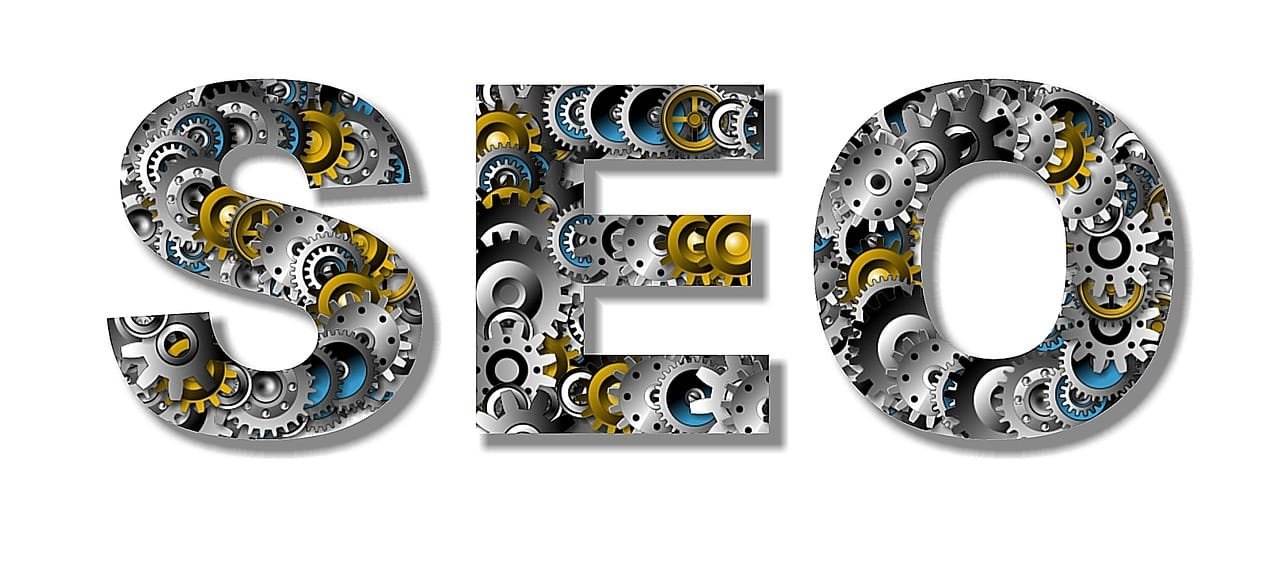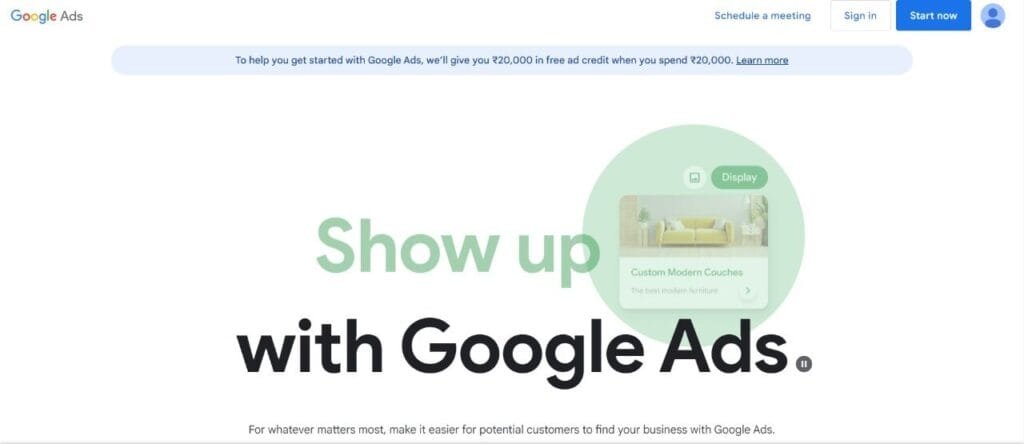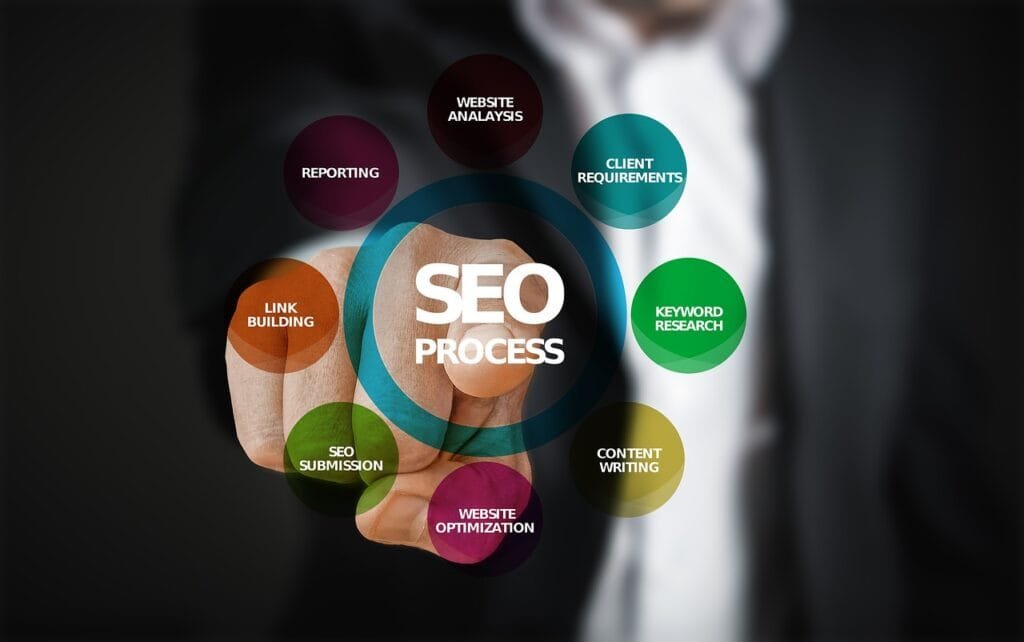In the dynamic world of digital content, creating a piece that is both engaging to the audience and favorable to search engines can be a complex puzzle. One of the critical pieces of this puzzle is content length. How do we weave our words in a manner that satisfies the curious reader and also catches the discerning eye of search engine algorithms?
This article aims to dissect this intricate dance of words and optimization, unraveling insights that lead to content that is both profound and favored by SEO.
The Balance Act
Every piece of content is a delicate balancing act. On one side is the reader, who seeks information, entertainment, or inspiration, and on the other is the search engine, a machine that’s getting smarter and more sophisticated, aiming to offer users the most relevant content.
Striking the right balance means considering content length as both an art and science – crafting pieces that are rich in information yet concise enough to retain attention, detailed yet digestible.
The SEO Landscape
SEO isn’t just about keywords and backlinks. It’s also about content quality, relevance, and yes, length. Search engines are on a constant quest to offer the best content to users – content that answers questions, offers insights, and delivers value. In this landscape, length becomes a marker of depth, but it’s not just about more words. It’s about more value, more insights, and more answers.
Unraveling the Myths
As we delve deeper into this narrative, we’ll unravel the myths surrounding content length and SEO. We’ll explore data, insights, and real-world examples, aiming to offer a nuanced perspective that goes beyond numbers. Because in the world of content, quality and quantity are not mutually exclusive. They are intricate dance partners, each stepping and swaying to the rhythm of audience expectations and search engine algorithms.
The Evolution of Content Length
In the earlier days of the internet, content was often brief, aimed at quickly delivering messages. But as the digital landscape matured, so did the content. We’ve witnessed an evolution from short, snappy pieces to long-form articles that delve into topics with depth and detail.
Search Engines and Content Depth
Google and other search engines have played a pivotal role in this transformation. Algorithms have become sophisticated, now capable of understanding content’s context, relevance, and value. They prioritize content that offers comprehensive insights, often leading to a general association between longer content and higher rankings.
User Engagement Metrics
But it’s not just about pleasing the algorithms. The audience’s engagement is equally crucial. Longer content often correlates with increased time on page, a metric signaling to search engines that users find the content valuable. But the caveat is, it has to be engaging. A 2000-word article that isn’t read has less value than a 500-word piece that’s consumed and shared.
The Psychology of Reading Online
Reading online is inherently different from reading print. Digital audiences are often scanners, glancing through content to extract essential insights. The challenge and opportunity here are to create content that’s comprehensive yet easily scannable.
Subheadings and Bullet Points
Tools of the trade like subheadings, bullet points, and visuals aren’t just aesthetics; they are pathways leading the reader through content, breaking down complex narratives into digestible pieces.
The Role of Visuals
Visuals not only break the monotony of text but also aid comprehension. In the balance between content length and SEO, visuals act as equalizers, making long-form content palatable while signaling quality to search engines.
Content Length Best Practices
There’s no one-size-fits-all when it comes to content length. Different topics, audiences, and platforms require distinct approaches. Yet, some universal best practices can guide the content creation process.
Audience and Intent
Understanding the audience and their intent is the foundation. It’s about creating content that answers questions, solves problems, and delivers value. The length becomes secondary when content resonates with the audience’s needs and expectations.
Quality Over Quantity
While long-form content can signal depth and quality, filler content is easily spotted, by both audiences and search engines. Every word, sentence, and paragraph should serve a purpose, contributing to the overall narrative and value.
Unraveling the Mystery with Analytics
Bounce Rate Insights
Every digital marketer and content creator is familiar with the dreaded bounce rate. It’s a metric that indicates the percentage of visitors who navigate away from your site after viewing only one page. But, can it be connected directly to content length? There’s a profound relationship between the two.
Time on Page
Contrarily, time on page serves as a counter-narrative to bounce rate. It tells a tale of engagement, interest, and the value delivered by the content. Longer time on page is often associated with content that not only attracts but holds the reader’s attention.
The Comparative Landscape
Industry Standards
In the complex tapestry of content creation, industry benchmarks serve as guiding stars. Every sector, from tech to healthcare, has evolved its unique content ecosystem. While tech blogs might thrive on in-depth, long-form content, fashion blogs might be leaning towards visual-rich, concise content.
Competitor Insights
The content landscape is competitive, and often, insights gleaned from competitors can become the golden nuggets of wisdom. By analyzing the content length and structure of top-performing pieces from competitors, businesses can identify gaps, opportunities, and areas for innovation.
Platform-Specific Content Adaptation
Website Content
The corporate website is a sanctuary of brand identity and information. Here, long-form content that dives deep into topics, offering comprehensive insights, is often king. It’s a space for exploration, education, and engagement, where content length can be extended to encapsulate depth, detail, and data.
Social Media
In the bustling, fast-paced world of social media, conciseness is key. It’s a landscape defined by short bursts of content that captivates and engages instantly. Here, SEO is intertwined with social engagement. The more the content is liked, shared, and interacted with, the higher the SEO value it garners.

Related: Check out our free SEO suite

Peering into the Future
Voice Search
As voice search becomes a household norm, content length needs to be reevaluated. Voice search queries are often looking for quick, concise, and direct answers. Here, brevity, clarity, and precision become the pillars of effective content. Crafting content that answers specific questions in a concise yet comprehensive manner could potentially dominate the voice search landscape.
AI and Machine Learning
The integration of AI and machine learning in search algorithms is set to revolutionize content optimization. In a future where content can be dynamically adapted to individual user preferences, content length will become fluid. Here, personalization will reign supreme, and content length will be one of the many variables adapting in real-time to deliver personalized user experiences.
Balancing Act – Readability and SEO
Readability Metrics
As content creators navigate the intricate dance between SEO optimization and engagement, readability metrics emerge as vital instruments. Tools like Flesch-Kincaid readability tests aren’t just academic standards; they’ve become central in SEO.
Readability transcends the simplicity of content. It encapsulates the ease of understanding, the flow of narrative, and the user’s engagement journey. Even the most comprehensive, long-form content can falter if readability is compromised. Hence, each sentence, word choice, and paragraph structure is scrutinized, ensuring that content is digestible, engaging, and SEO-friendly.
The SEO Intersection
Search engines are evolving, prioritizing user experience as a pivotal ranking factor. It implies that SEO isn’t just about keywords and backlinks anymore. The quality of content, its readability, and the value it delivers to readers are under the spotlight. Hence, SEO becomes a multidimensional entity, where content length is balanced with readability, engagement, and user value.
The Art of Engagement
Interactive Content
In the digital age, content is not confined to textual narratives. Interactive content has carved a niche, offering users an immersive, engaging experience. Quizzes, polls, interactive infographics – these are not mere engagement tools but powerful SEO assets.
The Role of Multimedia
Videos, images, podcasts – the multimedia elements within content are not aesthetic embellishments but pivotal for engagement and SEO. They break down complex information, make content digestible, and enhance user engagement. For SEO, multimedia signals content richness and quality to search engines, contributing to improved rankings.
Optimization in the Mobile Era
Mobile-Friendly Content
As the world swiftly transitions to mobile, content strategies are adapting. Content length, structure, and presentation are being optimized for the small screen. Here, brevity and clarity are essential, but so is completeness.
The SEO Adaptation
SEO strategies are concurrently evolving, prioritizing mobile optimization. Google’s mobile-first indexing is a testament to this shift. Here, content length is evaluated in the context of mobile readability, engagement, and user experience. It’s a delicate balance, where content must be concise yet complete, engaging yet SEO optimized.
Conclusion – Mastering the Content Length Equilibrium
In the complex, dynamic landscape of SEO and content creation, content length is not a standalone entity but an integral component of a multifaceted ecosystem. It’s intertwined with user engagement, readability, platform, and future trends like voice search and AI.
The mastery lies not in finding a universal optimal content length but in adapting strategies for specific contexts, audiences, and platforms. It’s a continuous evolution, where data, insights, and innovations guide content creators towards optimal balance, ensuring that every word, every piece of content, not only ranks high in SEO but resonates, engages, and delivers profound value to readers.
READ NEXT:
- Targeting Low-Competition Keywords for Quick Startup Wins
- Building a Startup Keyword List: Tips and Best Practices
- Utilizing SEO Analytics to Enhance Startup User Experience
- CRO Techniques for Better Booking Rates
- How to Use User Behavior Metrics for SEO Improvement






















Comments are closed.